Walnut Wood
- September 11, 2023
- 0 comment
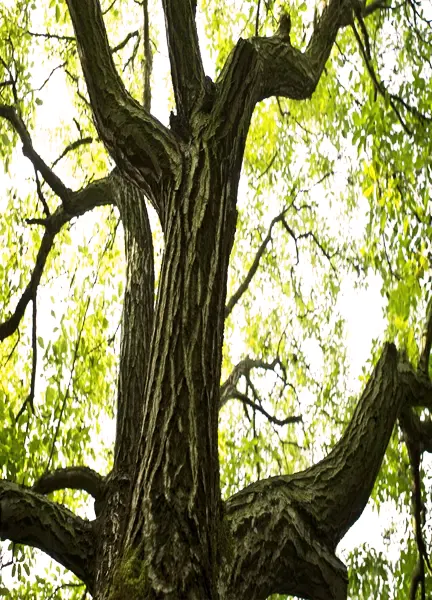
Walnut wood, hailing from the stately walnut tree (genus Juglans), stands as a testament to nature’s artistry, showcasing an exquisite marriage of beauty, durability, and versatility. Revered as one of the world’s most sought-after hardwoods, walnut has been cherished across centuries for its deep, lustrous hue and intricate grain patterns, establishing itself as the pinnacle choice for a myriad of applications. Its rich, dark coloration, coupled with the fine texture of its grain, lends an air of timeless elegance to everything it touches, from luxurious furniture pieces to architectural marvels, making walnut wood a true embodiment of craftsmanship and sophistication.
Color
Walnut wood is renowned for its rich and warm brown color, which can vary from a pale, creamy light tan to a deep and sumptuous chocolate brown. This remarkable range of hues within the brown spectrum often creates a striking visual contrast, with some pieces displaying lighter sapwood and others showcasing darker heartwood. This inherent variability in color adds to its aesthetic appeal, making each piece of walnut wood a unique and sought-after work of nature.
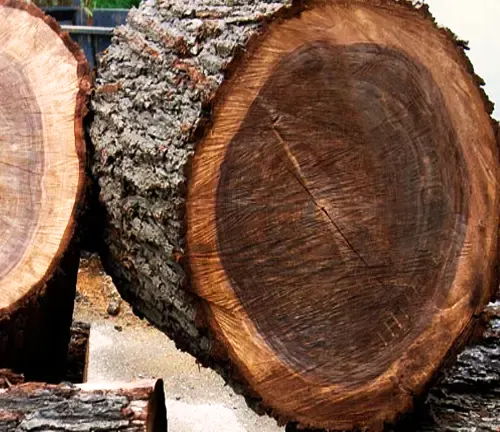
Texture
Walnut wood boasts a smooth, fine-grain texture that sets it apart from many other hardwoods. Its texture is elegant and refined, lending a touch of sophistication to any project. This characteristic makes walnut an ideal choice for fine woodworking and cabinetry, where a polished, smooth finish is desired.

Leaves
The leaves of the walnut tree are a distinctive feature in their own right. These compound leaves are pinnate, composed of 11 to 23 leaflets, arranged alternately along the stem. They are typically a deep, lustrous green during the growing season, casting a refreshing shade and providing an attractive backdrop to the tree’s surroundings. As autumn approaches, these leaves transform into vibrant shades of yellow, creating a picturesque landscape before gracefully falling to the ground.
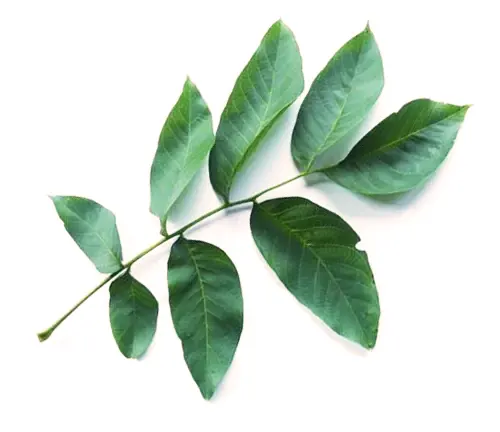
Bark
The bark of young walnut trees is characterized by its smooth and pale gray surface. As the tree matures, this bark undergoes a fascinating transformation, becoming progressively rougher and taking on a darker, richer hue. The mature walnut tree’s bark features deep furrows and ridges, imparting a sense of age and character to the tree’s appearance.
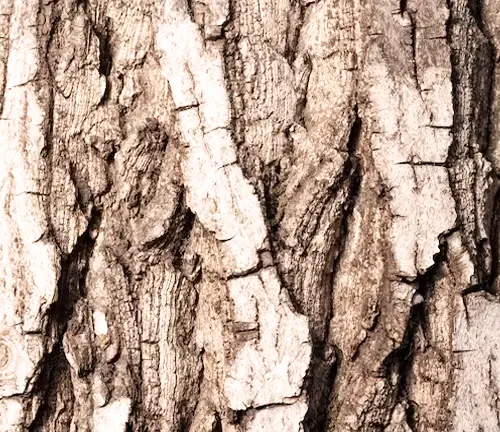
Seed
The walnut tree’s most well-known feature is, of course, its seed—the walnut. Encased within a hard and woody shell, the walnut’s inner kernel is the part that is typically consumed. Renowned for its rich flavor and nutritional value, walnuts are enjoyed in a wide array of culinary applications, from baking to snacking, and are a prized ingredient in various cuisines around the world.
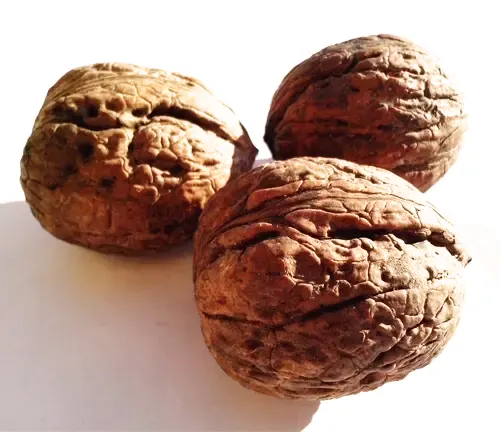
Growth
Walnut trees are esteemed not only for their wood but also for their stature and longevity. They are known for their slow to moderate growth rate, eventually reaching impressive heights that can make them dominant figures in their natural landscapes. These trees thrive in well-drained soils and temperate climates, where they can flourish and contribute to their ecosystems for many years.
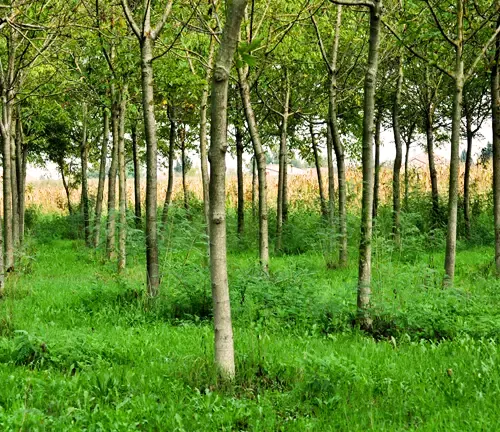
Cost
The desirability of walnut wood comes at a price. It is considered a premium hardwood and, as such, is relatively expensive. This cost is driven by its exceptional durability, captivating appearance, and, in some regions, its relative scarcity.
Common Pests & Diseases


Despite their many virtues, walnut trees are not immune to challenges. They are susceptible to a range of pests and diseases, including the destructive walnut twig beetle, the blight-causing walnut blight, and the insidious root rot. Protecting walnut trees from these threats requires diligent care and management, as they can adversely affect both the tree’s health and the quality of its wood and nuts.
Different Types of Walnut Wood
- Black Walnut (Juglans Nigra): Black walnuts have a much stronger and more distinctive flavor compared to English walnuts. They are often described as earthy, with a hint of bitterness. The shells of black walnuts are extremely hard and require special tools to crack open. These walnuts are primarily used in traditional recipes like black walnut cake and ice cream.
- English White Walnut (Juglans Cinerea): English White walnuts, also known as Juglans Cinerea, have a mild, sweet flavor similar to English walnuts but with a hint of butterscotch. They are less common and have a softer shell that is easier to crack. White walnuts are used in baking, particularly in recipes like butternut squash pie.
- Heartnuts (Juglans Ailantifolia Var. Cordiformis): Heartnuts are a unique type of walnut with a heart-shaped nut. They have a rich, sweet flavor and a relatively thin shell. These walnuts are often enjoyed as a snack or used in desserts.
- Manchurian Walnut (Juglans Mandshurica): Manchurian walnuts are native to East Asia and have a rich, earthy flavor. They are often used in traditional Chinese and Korean dishes, including savory sauces and stir-fries.
Feel free to explore our extensive Lumber Article for a deeper dive into the vast realm of wood and its myriad of uses. It’s packed with a wealth of information, so go ahead and immerse yourself in your next enlightening reading journey. Enjoy your exploration!
FAQs
- What is walnut wood, and where does it come from?
Walnut wood is harvested from the walnut tree, belonging to the Juglans genus. It is renowned for its rich, dark color and fine grain. - Why is walnut wood so highly regarded in woodworking?
Walnut wood is prized for its exceptional blend of beauty and durability. Its unique aesthetic qualities and resistance to wear and tear make it a top choice for furniture and fine woodworking. - Is walnut wood expensive?
Yes, walnut wood is generally more expensive than other types of wood due to its limited availability and high demand in various industries. - What are some common applications for walnut wood?
Walnut wood is used for crafting fine furniture, cabinetry, flooring, and architectural elements. It’s also sought after for decorative items like cutting boards and serving platters. - Is walnut wood sustainable?
Sustainability depends on the source and harvesting practices. Some walnut forests are managed sustainably, but it’s essential to check for certifications like FSC (Forest Stewardship Council) when purchasing walnut wood products. - Does walnut wood require special care and maintenance?
Walnut wood is relatively low-maintenance. Regular dusting and occasional polishing can help maintain its luster. Avoid exposure to excessive moisture and direct sunlight to prevent fading or warping. - Are there any alternatives to walnut wood for a similar look and feel?
Yes, some woods, like American black cherry and mahogany, share similarities with walnut in terms of color and grain. However, each wood has its unique characteristics, so it’s essential to choose the one that best suits your project’s requirements and aesthetics.
As we conclude our voyage through the world of Walnut Wood, we’ve uncovered its timeless elegance and the endless possibilities it offers to creators and enthusiasts. If this journey has sparked your passion, consider engaging with us by liking, sharing, and subscribing for more distinctive insights. Keep embracing the unparalleled charm of Walnut Wood in your projects, and let it continue to grace your creations with nature’s artistry. Until next time, stay inspired by the ageless wonder of wood!




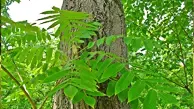

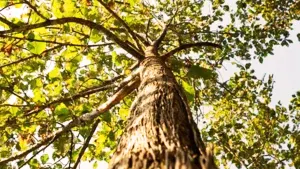










Leave your comment